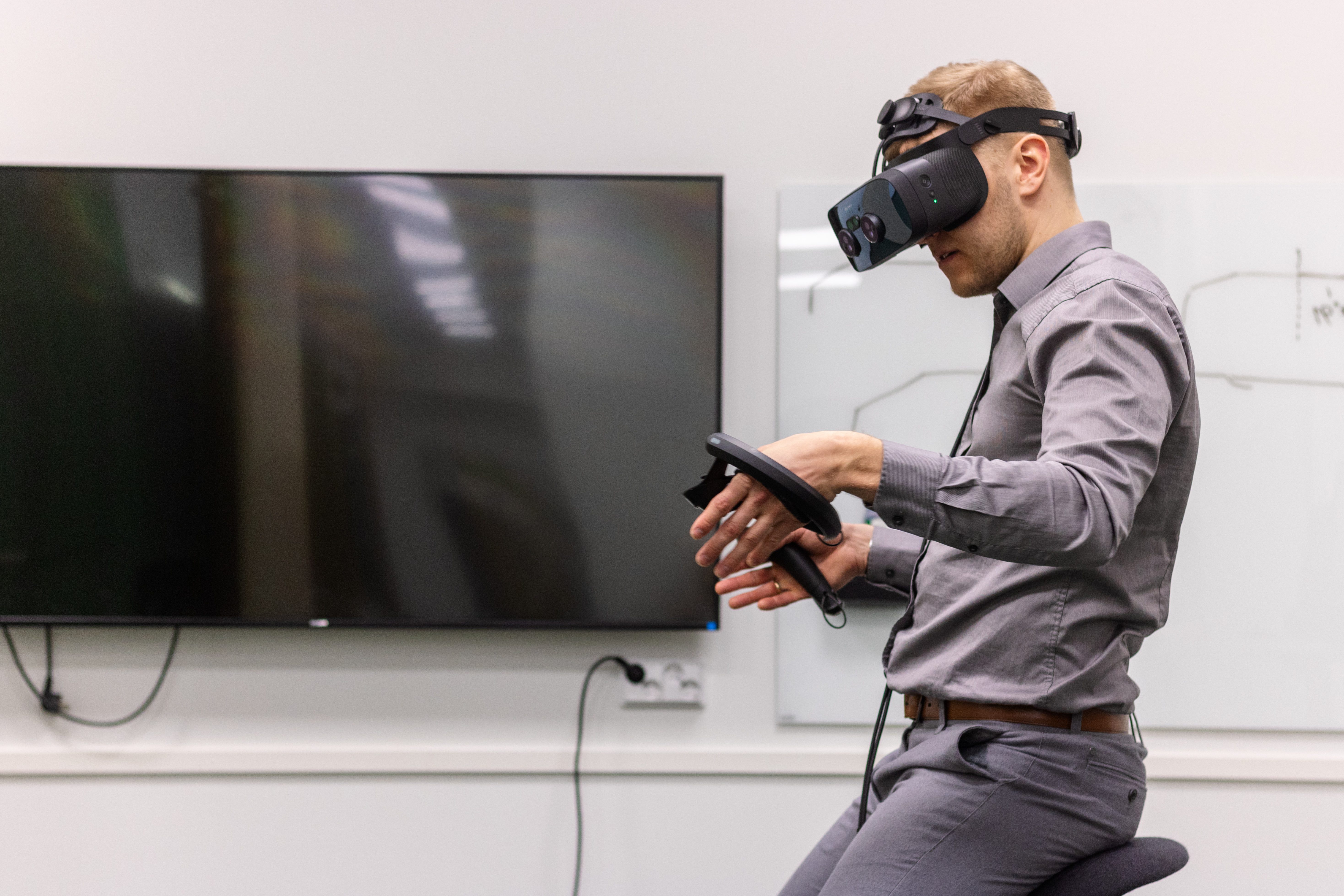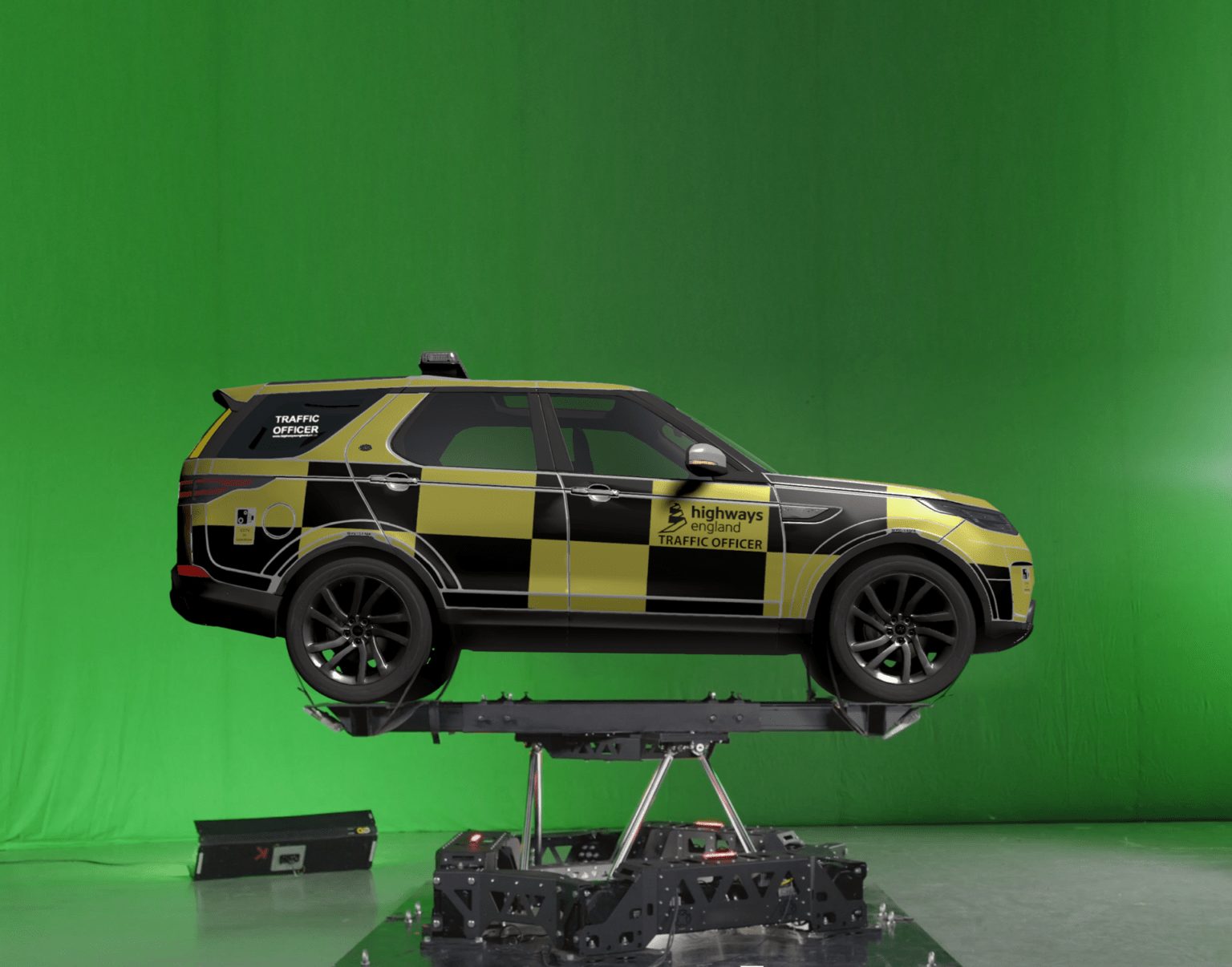
Case Framery: Digital Twin Prototyping, The Future of World Class Product Design
Combining a brand new software workflow, and the human-eye resolution mixed reality of the Varjo XR-3 headset, the design team at Framery were able to adjust a life-sized digital twin prototype of their latest product in real-time, enabling an evidently faster, better, and more efficient design process.
Perfecting the design of a new generation of products with digital twin prototyping
Framery, makers of the industry-leading in-office, sound isolated pods for calls, meetings, and concentrated work, have achieved their market position by recognising the importance of cutting-edge technology for driving up standards in product design and engineering.
During the design of their latest product, the Framery One, they pioneered a groundbreaking digital twin workflow that enables rapidly iterative design work to be carried out in XR for the first time, eliminating the need for multiple rounds of expensive and inefficient physical prototyping.
“With Varjo, Framery was able to save one month in the new product design process.” – Samu Hällfors, CEO, Framery

Meet Framery One
The Framery One is an evolutionary step from the already wildly successful original Framery O, which can be found in fortune 500 companies and SMBs around the world.
With world-class soundproofing, Framery’s booths (ranging from single-occupant to full-sized meeting room sizes) offer an area of comfortable silence in the middle of hectic open-plan office spaces.
Dubbed ‘the connected one’, the Framery One is the brand’s latest addition to their lineup, an even more sleek and stylish unit that introduced smart features such as an integrated touch screen for reservation management or control of the internal lighting, airflow, and more.
The time and monetary costs of prototyping before digital twins
Whilst designing the new model, Framery’s product and engineering team strived to achieve a truly optimal user experience, focusing on impeccable ergonomics (including a fully adjustable desk and seat) and overall improvements to the design (with new edge-to-edge glass door panels and a soft magnetic closure mechanism.)
Previously, the team relied on traditional methods, including a combination of paper mockups and custom-made physical parts to ensure the quality of the final product pre-production. Waiting for simple prototypes generally took between two and four weeks, with complex variations taking up to twelve.
Timo Inkinen, Head of Project Development and Quality at Framery, described waiting long periods for prototype components to arrive, only to realize instantly on delivery that they would not work as intended.
A new workflow for visualizing, adjusting, and evaluating digital twins
Virtual and mixed reality have already proven themselves as ideal methods for visualizing and performing design reviews on digital twins of products. But the team at Framery wanted to push this even further into an active design workflow where edits made to CAD files of components of the booth, primarily in size and placement, could be made on the fly. They turned to Varjo to help choose a software stack that could enable this sort of functionality.
“At the enterprise level that Varjo focuses on, mature VR and XR software is already available for a wide range of different use cases, but picking the right combination can be complex. In Framery’s case we worked together to find an appropriate software stack that would evolve their existing CAD-based workflows into a cutting-edge XR iterative digital twin prototyping solution.” – Marcus Olsson, Director of Partnerships, Varjo

How to transform a 2D CAD file into a life-sized digital twin
CAD (Computer-Aided Design) engineers at Framery had been using Solidworks 3D modelling software to design the physical aspects of Framery booths. Working with Varjo, a software flow was settled on to allow iterations of the CAD file to be rapidly visualised within the Varjo XR-3 mixed reality headset.
Edits made in Solidworks can be exported with a single click to KeyShot, a 3D rendering software which is then able to push the photorealistic digital twin of the prototype via its companion software, KeyVR, to be visualized in mixed reality with a Varjo headset.
The Varjo XR-3 features dual 12 megapixels cameras that pass through an ultra-low-latency live video feed of the outside world, and mixes that in real-time with virtual content. In this case, via KeyVR, the digital twin model of the latest iteration of the CAD file can be seamlessly visualized into physical space as if it were a complete real-life prototype.
“You can do all this in iterative loops, modifying the model, sending it to Keyshot, KeyVR, and to the headset where someone can review and give live feedback based on a full-scale digital twin in a real environment.”- Miika Hällfors, Chief Engineer, Framery

“That’s why we love the Varjo XR-3, because you can get that perspective that you just cannot with a traditional computer screen.”
Miika Hällfors - Chief Engineer, Framery
With the new XR workflow, Framery have been able to
- Reduce the product design cycle by an entire month
- Enable the program to skip an entire prototyping round
- Achieve positive ROI on the investment into Varjo headsets, and the accompanying PCs and software, in just one month
To deep dive into this revolutionary partnership of professional-grade mixed reality technology, and boundary-pushing iterative design workflows, watch the full recording of our related webinar. Featuring speakers for the design team at Framery, the software partnerships team at Varjo, and the KeyShot team at Luxion.
To learn more about the Varjo XR-3, and how it delivers the most immersive mixed reality experience ever constructed, head this way.


